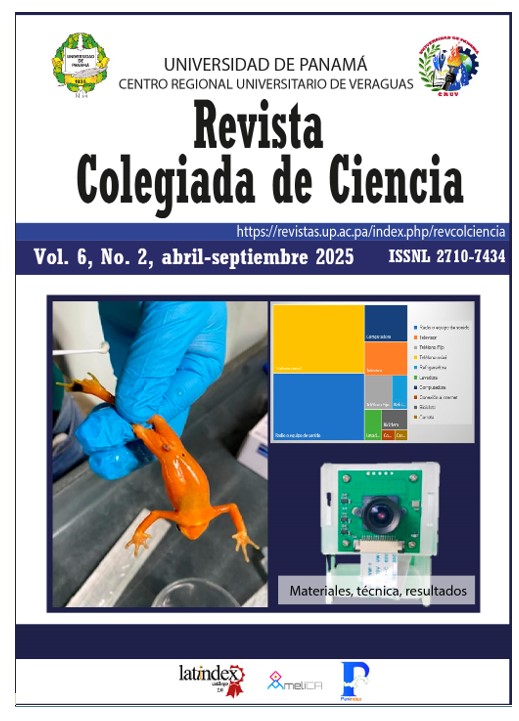

ABSTRACT
This work is the result of a series of phytoplankton trawls carried out in the area between the southeast of Coiba Island and the coasts of Pyxbae and Bahía Honda in the Gulf of Chiriquí. The trawls were carried out using phytoplankton nets with a pore diameter of 55 um in different periods between 2018 and 2024. The purpose of the work was to determine the species of dinoflagellates that inhabit our coasts, especially those species with the capacity to form harmful blooms. It is a first step towards the development of a catalog of dinoflagellate species on the Panamanian coasts. The study made it possible to demonstrate the presence of some species with the capacity to form harmful blooms. Dinophysis mitra and D. caudata are species that produce Dinophysistoxin-1 (DXT 1) and are associated with diarrheal shellfish poisoning syndrome (DSP). On the other hand, species of the genus Tripos, although not toxic, produce harmful blooms in different parts of the world. Red tides of Gonyaulax polygrama cause large kills of fish and invertebrates due to the increase of sulfide and ammonium in the water when the cells decompose and Peridinium quinquecorne causes fish kills in confined areas due to the depletion of the oxygen content of the water. Protoperidinium pellucidum is a voracious consumer of diatoms and although not toxic can form harmful blooms. Scrippsiella spinifera and Scrippsiella trochoidea have been found in blooms in the Yucatan Peninsula, Mexico. Prorocentrum gracile and P. micans are nontoxic red tide-forming species. Gonyaulax spinifera has caused hypoxic deaths of fish and marine invertebrates. These outbreaks have been reported in the Ensenada de La Paz lagoon, Gulf of California in the Ría de Vigo, Spain and in other sites around the world.